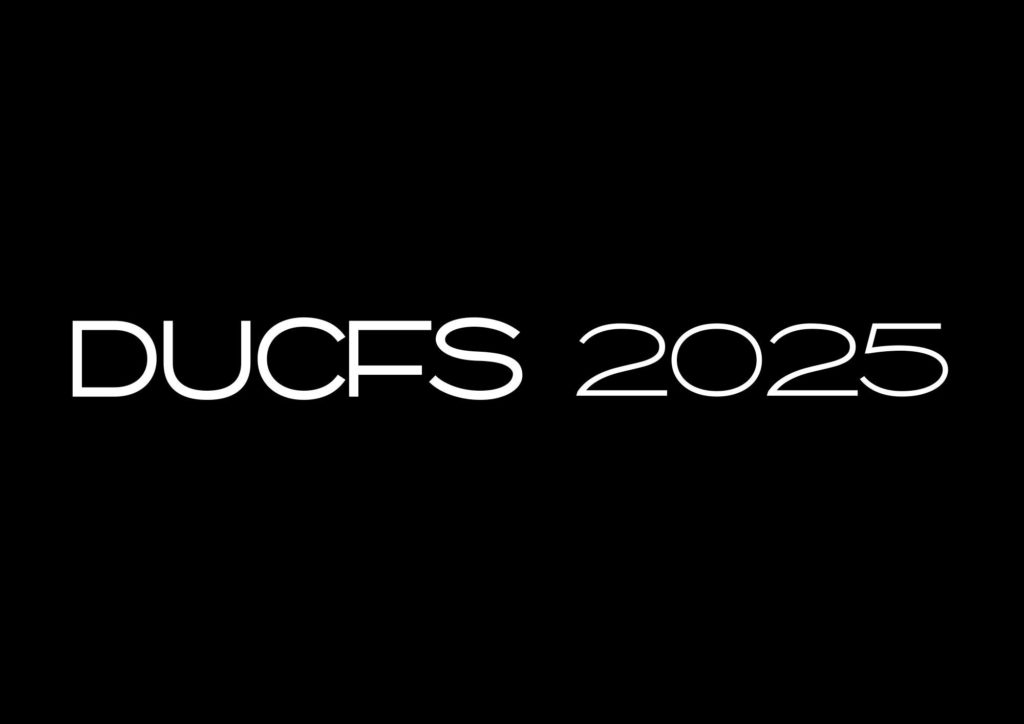Looking at the current global financial situation, one can get very overwhelmed with digesting all that has happened with the onset of the Covid-19 pandemic. Looming recession, rising inflation and the war in Ukraine has had a severely negative impact on consumer sentiment.
The volatility of markets has led to an increase in fuel and oil prices, resulting in brands struggling to meet their profit margins caused by the rise in transportation costs. This has pushed many brands into compensating by charging more from their consumers. This rising price-tag can lead to a drop in sales; negatively impacting the fashion sector.
Different sectors of the fashion industry deal with inflation differently. The growing competition between brands and online platforms can often benefit the fast fashion sector as its brands are more open to cutting a fine profit margin than their more established peers.
However, surprisingly the luxury sector has continued to experience a high amount of high-end consumer spending- even the Covid-19 pandemic couldn’t rule out luxury purchasing.
Luxury brands have now entered the online world making themselves more accessible to consumers. This gives their well-established name greater reach, putting them in competition with non-luxury brands competing to win seats in the e-commerce platform.
The fashion sector most affected by inflation is the sustainable fashion sector which has been forced to reduce its profits, to not increase its prices. However, it is observed that despite the hike in inflation there is a growing desire for sustainable fashion which gives hope for the probability of the sector in the long term.
Despite soaring inflation, many consumers have been undeterred by the slow recovery from the pandemic. It is observed that consumers feel that there is a lot to catch up on when it comes to purchasing fashion brands; although how long this affect may last is uncertain with the majority of consumers feeling the pinch with inflation and the aftereffects of the pandemic adding up.
McKinsey predict that worrying levels of inflation will potentially continue throughout 2023, fuelling a decrease in consumer demand and forcing consumers to limit their consumption of fashion brands or settle for less expensive products.
However industry leaders believe that luxury purchasers will continue their success, with the affluent largely unaffected by the cost of living crisis.
Inflation has also been a driving force behind the resale boom; with many companies rerouting their brand strategies and involving themselves in selling pre-owned and vintage items. The changing consumer desires also undoubtedly has a hand in this, with consumers more conscious of their impact on the environment.
One solution for the fashion industry could be to place bulk orders for their raw materials, thus cutting the costs. Brands with long-term contracts and connections with their suppliers can still navigate during an economic crisis as these arrangements can give the manufacturers extra time to pay their costs for the materials sourced from the suppliers.
In the meantime, as consumers we have a duty to continue to support the local and sustainable fashion brands to protect them during this economic turbulence.
Rabani Kaur

